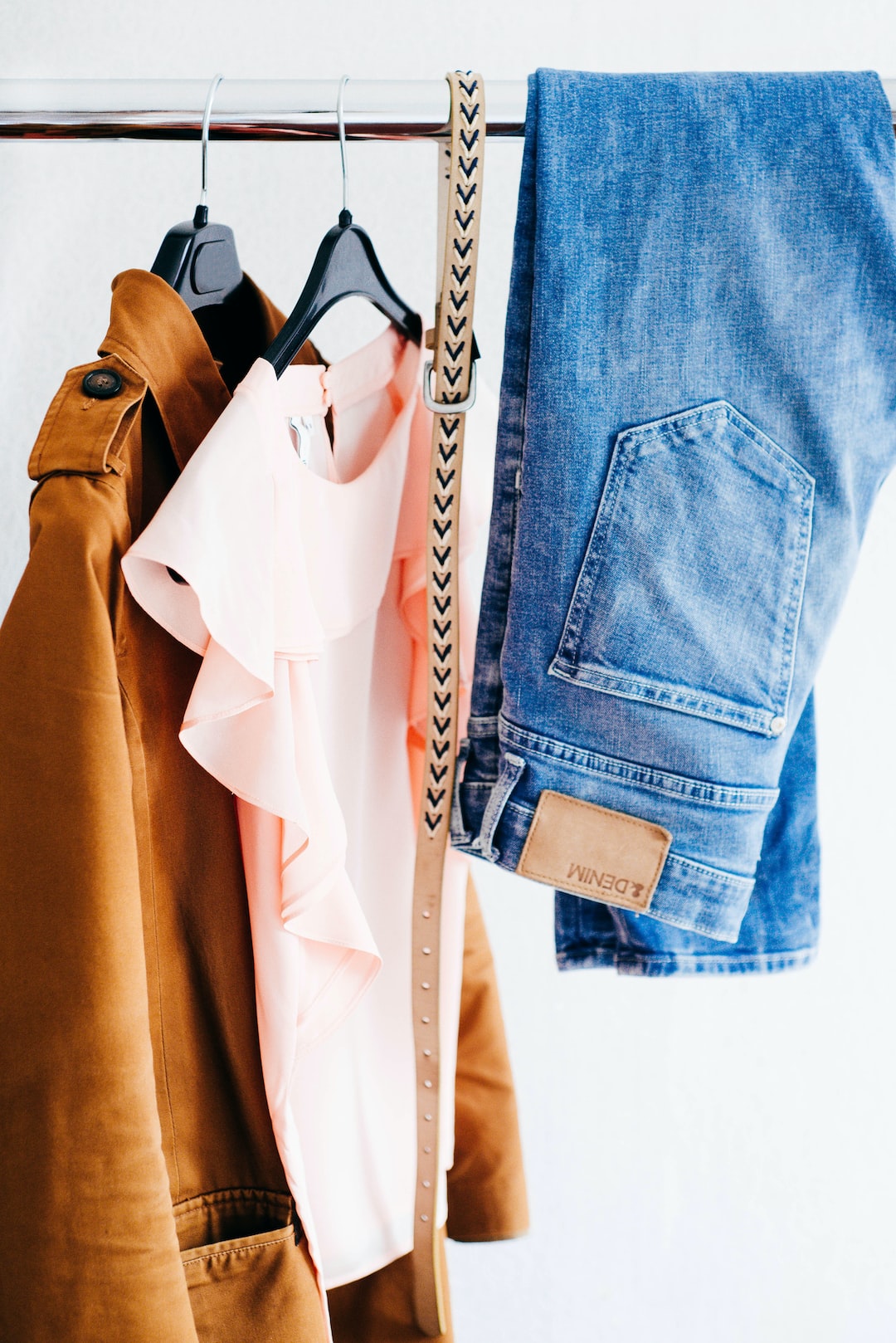The Journey of a Fashion Collection: From Design to Store Shelves
Fashion is an ever-evolving industry, and behind the glitz and glamour of the runway shows and red carpet events, there is an intricate process that takes place to bring a fashion collection from the initial design stage to the store shelves. This journey is an amalgamation of creativity, hard work, and a well-defined strategy that allows designers to showcase their visions to the world.
The first step in creating a fashion collection is the design phase. This is where the creativity of the designers shines as they sketch and brainstorm ideas to create unique and captivating pieces. Designers draw inspiration from various sources, such as nature, art, culture, or even everyday objects. They experiment with different fabrics, colors, and patterns to bring their vision to life.
Once the initial sketches and ideas are finalized, the next step is to create patterns and samples. This is done by skilled patternmakers, who meticulously transform the designer’s vision into tangible pieces of clothing. These patterns are then used to create samples, which serve as prototypes for the final garments. Designers work closely with skilled seamstresses and tailors to ensure that the samples accurately reflect their creative vision.
Once the samples are ready, it’s time for the designers to present their collection to the fashion industry. This usually happens during fashion weeks or through private presentations to buyers and journalists. Fashion weeks, such as those in New York, Paris, Milan, and London, are highly anticipated events where designers showcase their collections on the runway. These runway shows not only allow designers to display their creations but also create an opportunity for fashion enthusiasts and buyers to experience the collection firsthand.
After the collection is showcased, the next step is to engage with buyers. Designers collaborate with retail buyers to sell their collections to department stores, boutiques, and online retailers. This involves creating line sheets, which include details about the collection, such as pricing, sizing, and delivery dates. The designers and buyers negotiate terms and quantities, ensuring that the collection reaches a wide range of customers.
Once the orders are finalized, the production process begins. Designers collaborate with manufacturers and skilled artisans to bring their designs to life on a larger scale. This involves sourcing the fabrics, trims, and accessories required for the collection. The production process requires careful attention to detail, as the designers need to ensure that the quality and craftsmanship of each piece meet their standards.
As the production process unfolds, quality control checks are performed to ensure that the garments are flawless and meet the designer’s specifications. This includes checking for any defects, ensuring accurate sizing, and confirming that the colors and prints are consistent. Any necessary adjustments are made, and the garments are prepared for shipping.
The final step in the journey of a fashion collection is the distribution and retail phase. Once the garments are finished, they are shipped to the retailers who placed orders. Retail stores then display the collection in their stores or online platforms, allowing customers to purchase and enjoy the designer’s creations. The success of a fashion collection depends on various factors, including effective marketing strategies, strong relationships with retailers, and the overall appeal of the garments to the target market.
From the initial sketches to the final garments on store shelves, the journey of a fashion collection is a remarkable process that requires passion, talent, and dedication. It is a journey that reflects the designer’s vision and creativity, while also meeting the demands and desires of consumers. The intricate process involves collaboration with various professionals, including patternmakers, seamstresses, manufacturers, and retailers. It is a testament to the dynamic and ever-changing nature of the fashion industry, where artistry and business converge to create stunning pieces of clothing that inspire and captivate.

